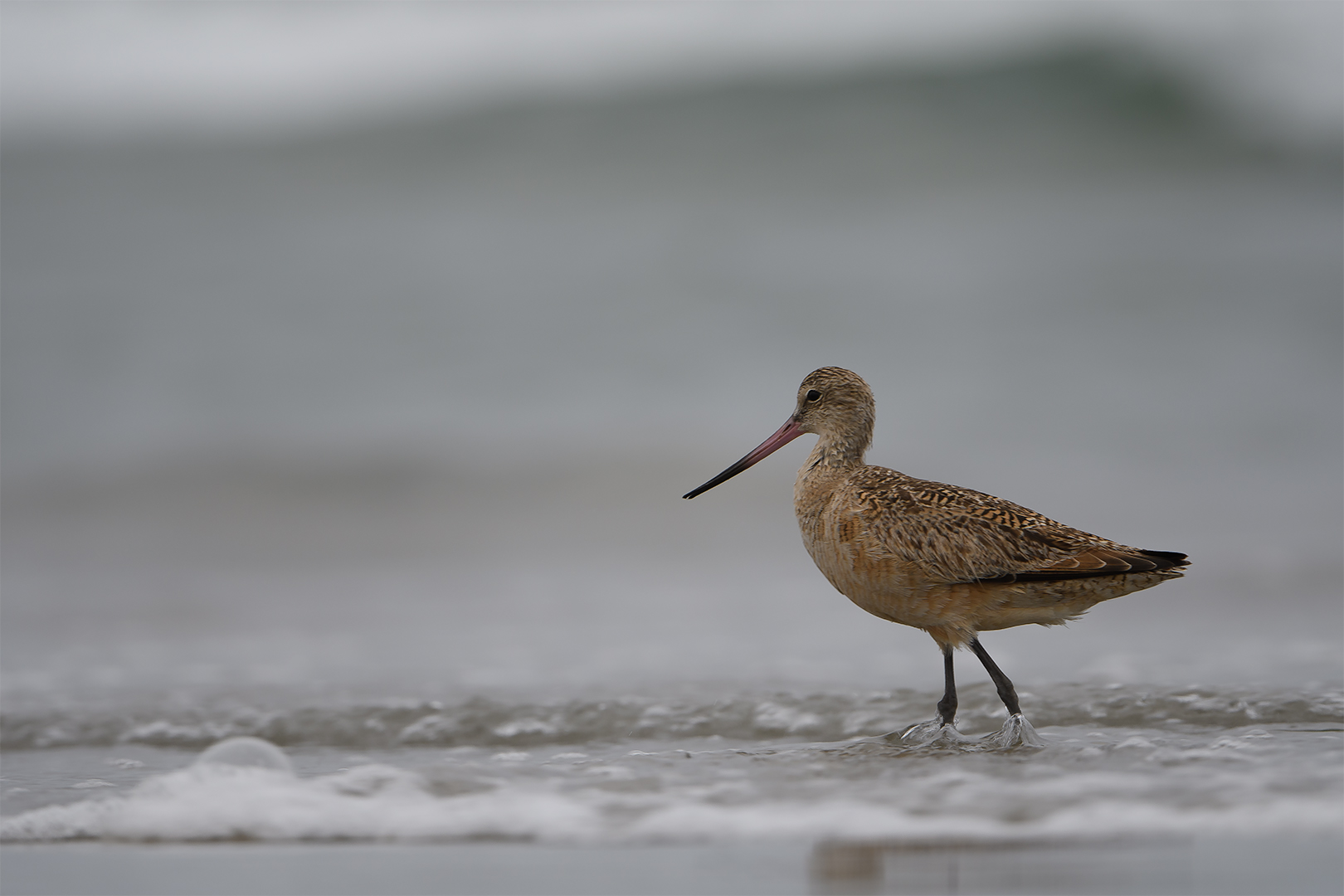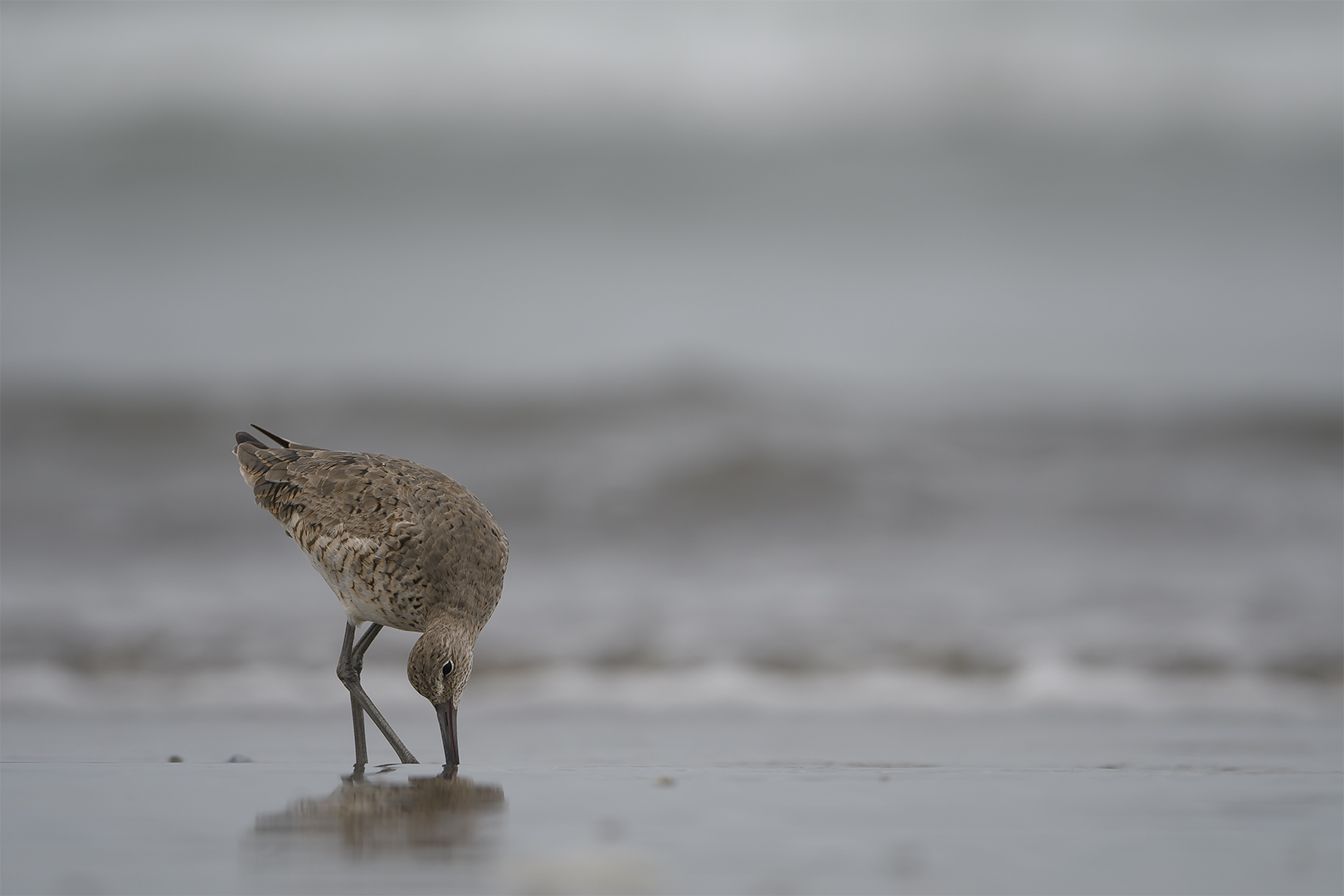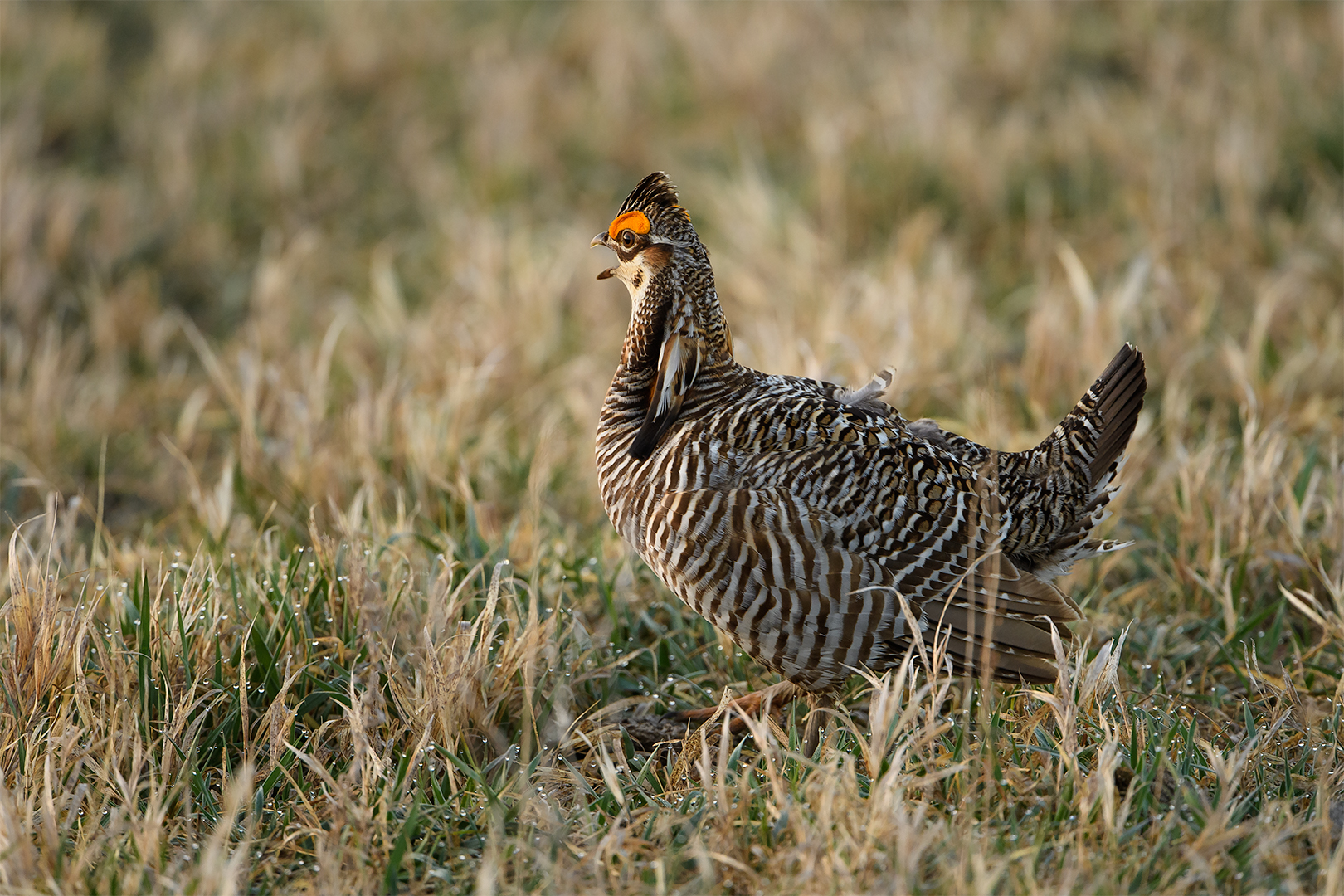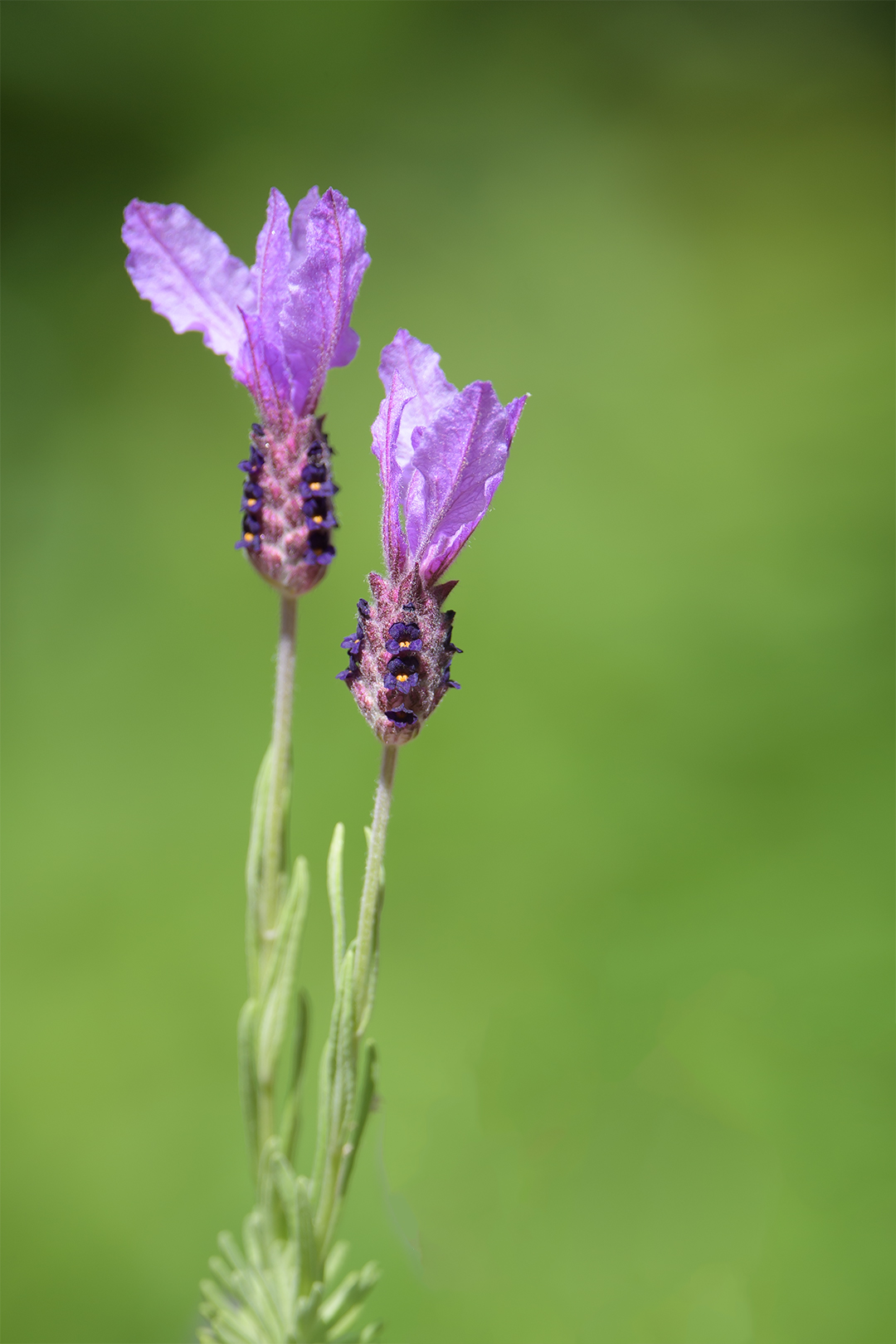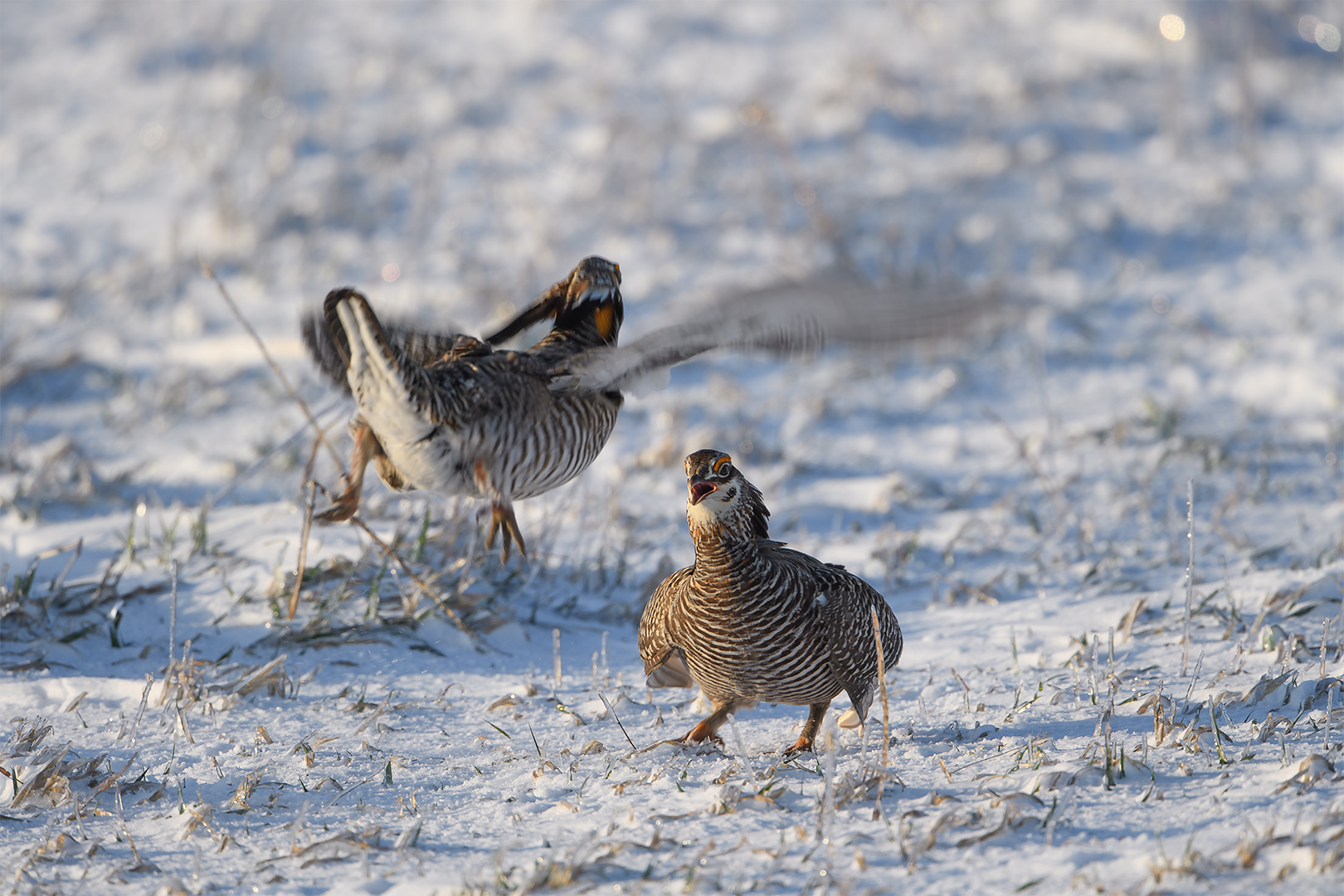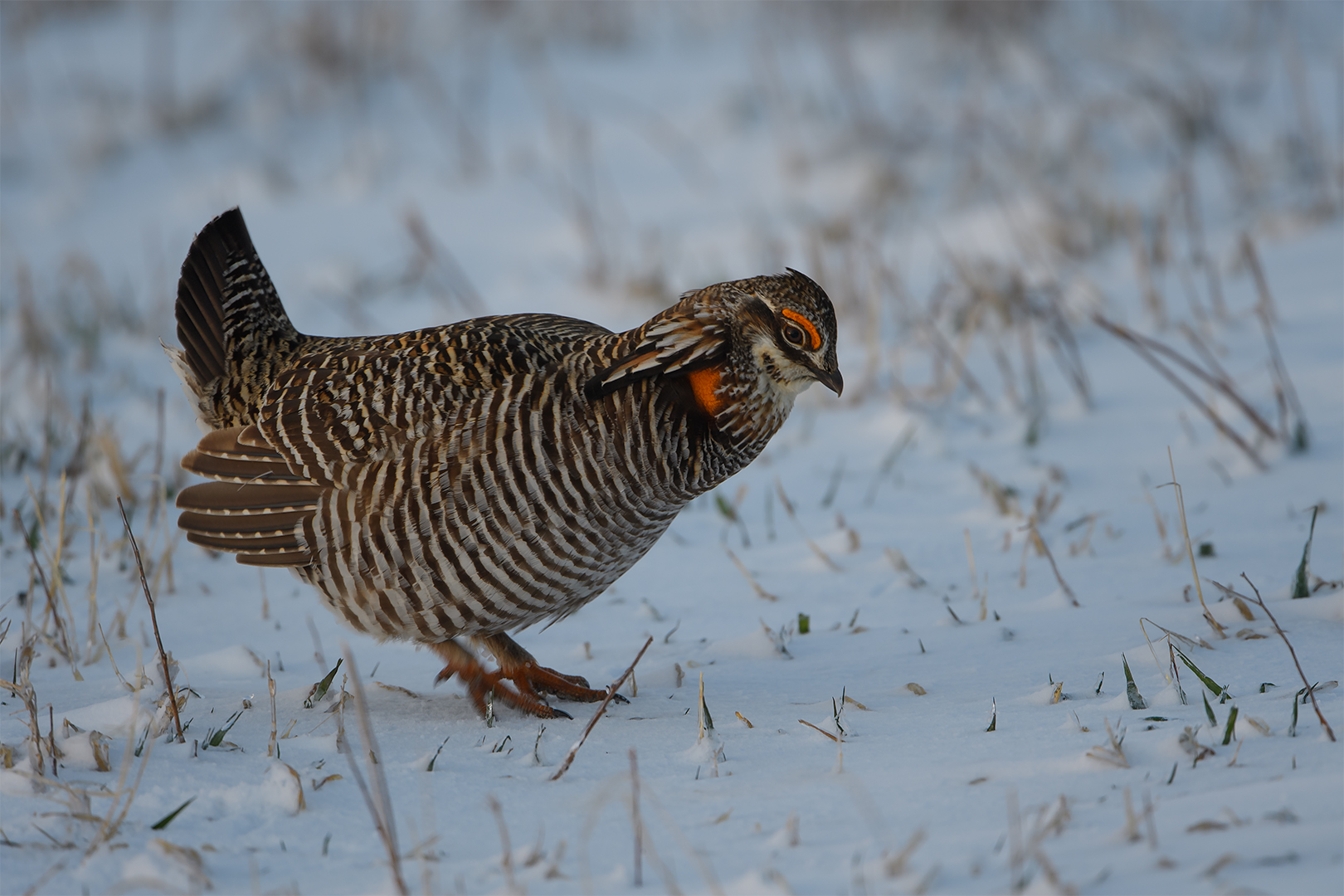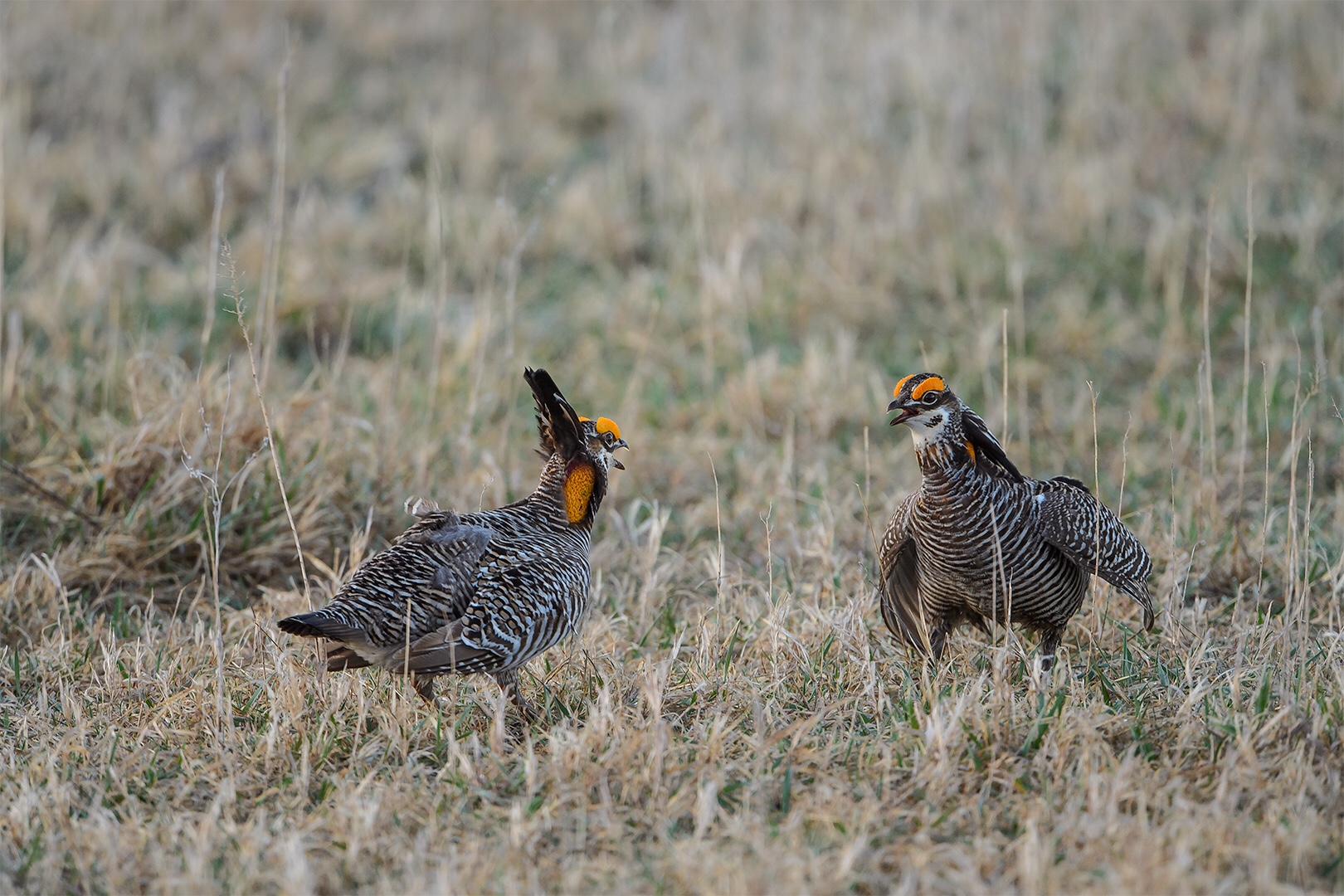Baby animals are so adorable. This is a Killdeer chick about ten days to two weeks old. It couldn’t fly yet. Its wings weren’t developed enough. It’s legs are long and seemingly out of proportion to its body. But those legs could scurry. We encountered a couple of Killdeer families with chicks when we visited the Robb Athletic Field near Ocean Beach in San Diego. Killdeer nest in the open on the ground. The adults try to lure potential threats away from their nests or chicks by pretending to have a broken wing. There were three chicks in this family and the mother Killdeer was desperately trying to lure us away from her chicks. Then she’d call to the chicks. They scurried to and fro and would crane their necks to see mom then they would continue circling around. They finally figured out how to get to mom and they all disppeared.





